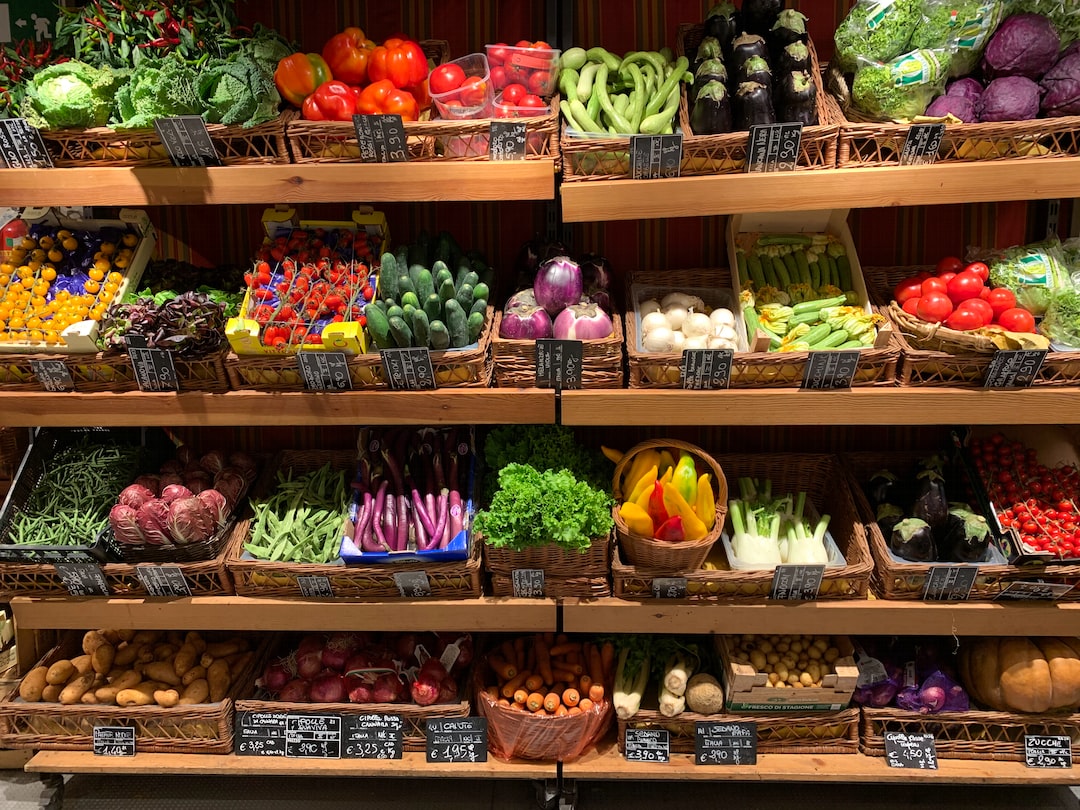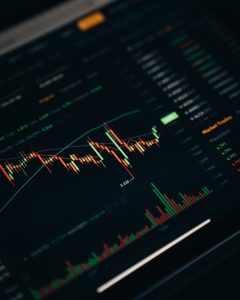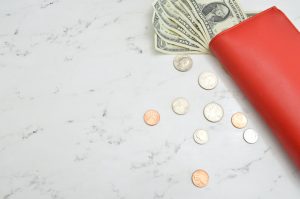The Sharpe ratio is a metric used to measure the risk-adjusted performance of an investment portfolio. It was developed by William F. Sharpe, a Nobel laureate in economics, in the 1960s. The Sharpe ratio is calculated by dividing the excess return of a portfolio (the return above the risk-free rate) by its standard deviation. The higher the Sharpe ratio, the better the risk-adjusted performance of the portfolio.
In the world of Forex trading, the Sharpe ratio is an essential tool for measuring the risk-adjusted performance of a trading strategy. Forex traders use the Sharpe ratio to determine which trading strategies are profitable and which ones are not. A high Sharpe ratio indicates that a trading strategy is generating a high return relative to its risk, while a low Sharpe ratio indicates that a trading strategy is not generating enough returns to justify the risk taken.
The Sharpe ratio in Forex trading is calculated by dividing the average return of a trading strategy by its standard deviation. The average return is the average profit or loss generated by the strategy over a given period, while the standard deviation is a measure of the volatility of the strategy’s returns. The higher the standard deviation, the more volatile the strategy’s returns, and the higher the risk.
To calculate the Sharpe ratio, Forex traders need to have access to historical data for the trading strategy they are evaluating. This data should include the returns generated by the strategy, the risk-free rate, and the standard deviation of the returns. Once these data are available, the Sharpe ratio can be calculated using the following formula:
Sharpe ratio = (average return – risk-free rate) / standard deviation
For example, let’s say a Forex trader has a trading strategy that generates an average return of 10% per year, the risk-free rate is 2%, and the standard deviation of the returns is 8%. The Sharpe ratio for this strategy would be:
Sharpe ratio = (10% – 2%) / 8% = 1
A Sharpe ratio of 1 indicates that the trading strategy is generating a return that is one standard deviation above the risk-free rate. This is considered a good Sharpe ratio for Forex trading because it suggests that the trading strategy is generating a high return relative to its risk.
A Sharpe ratio of less than 1 indicates that the trading strategy is not generating enough returns to justify the risk taken. This could be because the strategy is not generating enough profits or because the strategy is too volatile. In either case, the Forex trader should re-evaluate the trading strategy and make changes to improve its risk-adjusted performance.
A Sharpe ratio of more than 1 indicates that the trading strategy is generating a high return relative to its risk. However, a Sharpe ratio of more than 2 is considered exceptional and indicates that the trading strategy is generating a very high return relative to its risk. Forex traders should strive to achieve a Sharpe ratio of more than 1 and aim for a Sharpe ratio of more than 2 to achieve exceptional risk-adjusted performance.
In conclusion, the Sharpe ratio is an essential tool for measuring the risk-adjusted performance of a Forex trading strategy. Forex traders should strive to achieve a Sharpe ratio of more than 1 and aim for a Sharpe ratio of more than 2 to achieve exceptional risk-adjusted performance. By using the Sharpe ratio, Forex traders can evaluate their trading strategies and make changes to improve their risk-adjusted performance.





